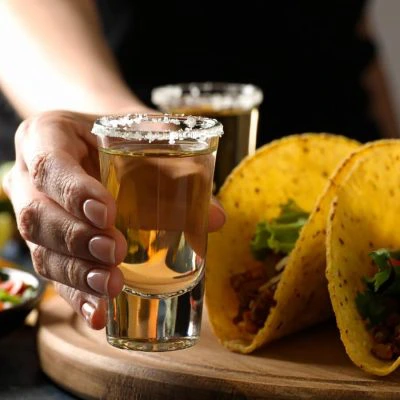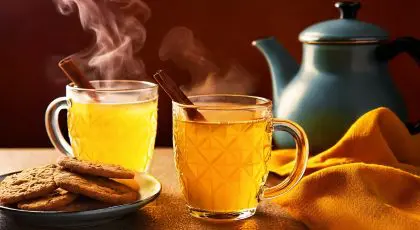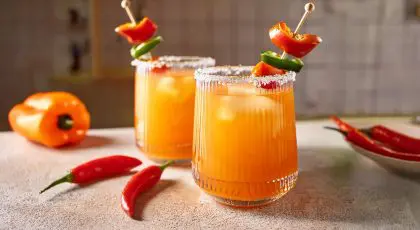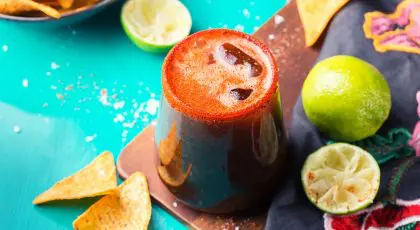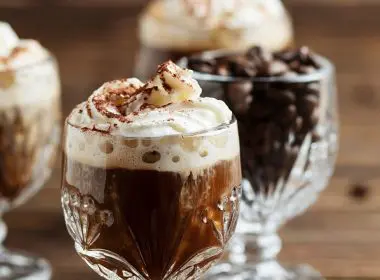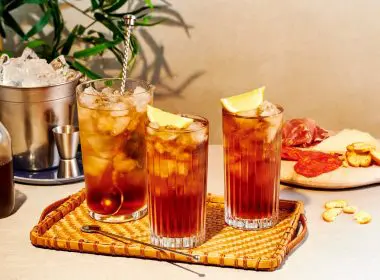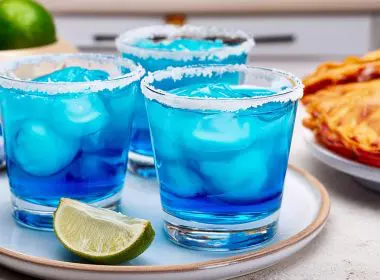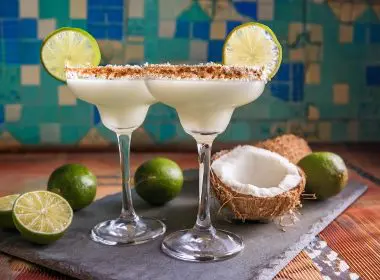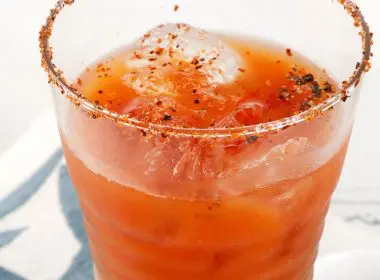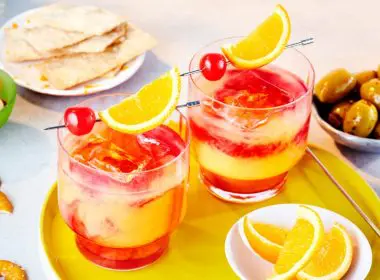From Agave to Glass: The Tequila-Making Process Explained
Jump to:
Tequila has made its way from the heart of Mexico into the shakers of cocktail lovers around the globe, starring in everything from the classic Margarita to spicy twists on the pretty Paloma. But once you know how tequila is made, it gets really interesting. It stops being just a mere ingredient and turns into a gorgeous bit of alchemy. That story begins with a spiky plant, a sun-soaked landscape, and generations of proud makers who pour their soul into every bottle.
What is tequila made from?
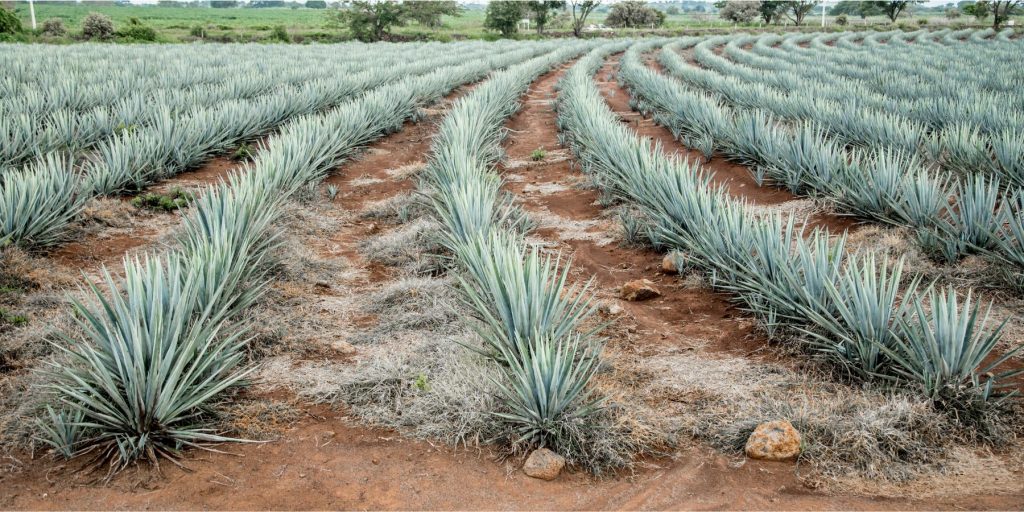
All tequila starts with one thing: the blue agave plant. Specifically, it must be the Weber Blue Agave (Agave tequilana), cultivated mainly in the highlands and lowlands of Jalisco, Mexico. This isn’t just a tradition; it’s the law. The Mexican government protects tequila’s origin and integrity through strict rules, meaning real tequila can only be made in specific regions and must meet precise production standards.
The heart of the agave plant, called the piña, holds the sugary core needed for fermentation. To be classified as tequila, it must contain at least 51% agave sugars. The rest can come from other sources like cane or corn sugars (they’re known as mixto tequilas).
When choosing tequila, always go for one that’s labelled 100% agave—this means it’s made solely from the blue agave plant, and that’s what you’re after. If you ever find yourself choosing between a mixto and a 100% agave bottle, go with the latter. It’s not just about taste – it’s about honouring the craftsmanship in every drop.
Learn more: Types of Tequila (A Complete Guide to Blanco, Reposado & Añejo)
The tequila production process (step-by-step)
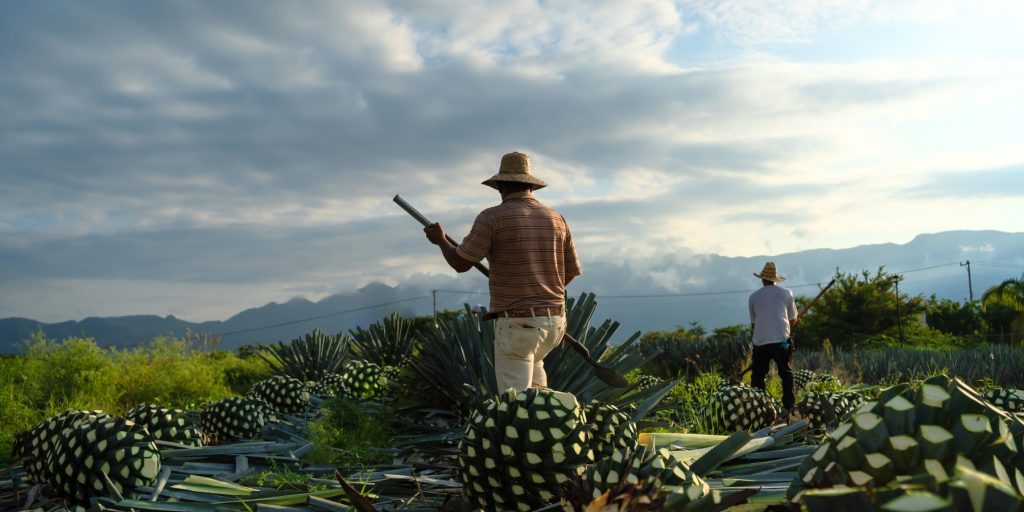
Making tequila isn’t a quick job. It takes years to grow the agave and serious know-how to turn it into something worthy of a cocktail glass. Here’s a step-by-step look at the tequila production process:
Harvesting the agave
Agave doesn’t grow overnight. It can take five to ten years before it’s ready. When the time is right, harvesting begins. Skilled workers, known as jimadores, use a specialised tool called a coa to cut away the spiky leaves and reveal the piña. It’s hard, hot work, but it’s the foundation of everything that follows.
Also see: Why Is There a Worm in Tequila? (Or Is It Mezcal?)
Cooking the agave
Once harvested, the piñas are halved and steamed to break down the tough fibres to release their fermentable sugars. Traditional producers use clay ovens called hornos, while more modern operations (like Espolòn) use stainless-steel autoclaves to speed up the process while preserving the agave flavour. The aim is to strike a perfect balance of fresh and cooked notes, which define the tequila’s final taste.
Extraction of sugars
After cooking, the piñas are crushed to release their sweet juice known as mosto. Some distilleries use old-school tahona wheels (massive stone rollers that crush the cooked agave slowly and deliberately), while others use roller mills, which are faster and help extract every last bit of juice. Either way, the goal remains the same: to get this step the most from the plant without losing its essence.
Fermentation
Fermentation is where the magic starts. The mosto is placed in fermentation tanks with yeast and water. As the yeast feeds on the sugars, it creates alcohol. This stage can take several days and is sometimes done in open-air vats or in temperature-controlled environments, depending on the producer’s style.
Did you know Espolòn plays classical music during fermentation? This is a quirky nod to the belief that sound vibrations can stimulate yeast activity. Science meets art, and we think it’s amazing.

Distillation
Now it’s time to purify and concentrate the alcohol through distillation, which usually happens in two stages. The first run produces a low-proof liquid called ordinario. The second distillation creates the clear, high-proof tequila we all know and love.
If you’ve ever wondered how tequila is distilled, it typically happens in copper pot stills or a combination of pot and column stills. Pot stills draw out earthy notes; column stills add lightness and fruit. The distiller chooses the best “cuts”—the portions of distillate that capture the ideal flavour profile—and nothing goes into the bottle without careful consideration.
Optional ageing
Once distilled, some tequilas head straight to bottling (these are your blancos). Others are aged in oak barrels to enhance their complexity. Barrel ageing deepens the tequila’s color, softens its edges, and adds flavours like vanilla, caramel, and spice.
Stay inspired: 14 Best Tequila Mixers
Types of tequila based on ageing
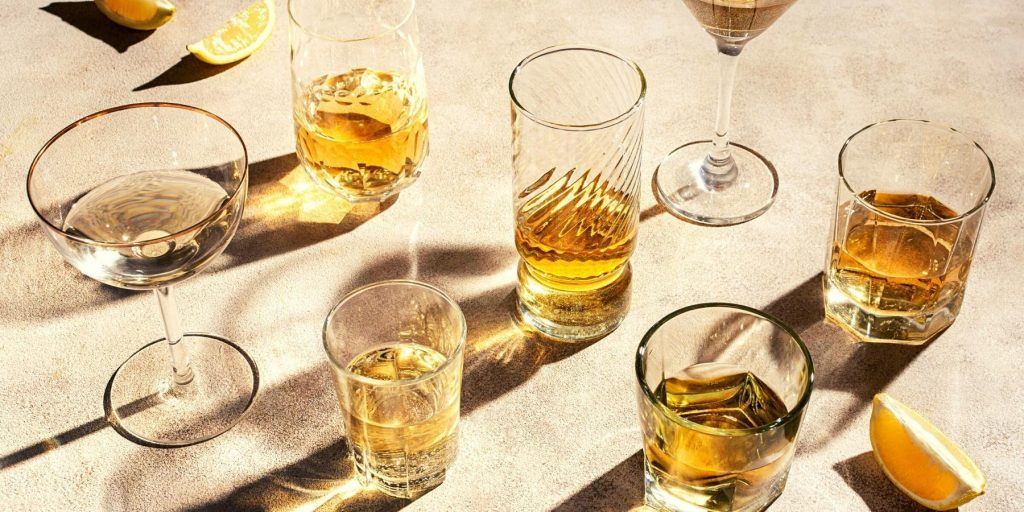
There are five types of tequila, each with a unique flavour story:
Blanco: unaged or very short resting
Blanco (opens in new window) is an unaged tequila, bottled immediately (or within a few weeks) after distillation. It’s clear, bold, and all about that pure agave kick. Perfect for citrussy cocktails where brightness matters.
Discover Sotol: The Rising Star from Mexico
Reposado: aged between 2–12 months
Aged between two months and one year, reposado (opens in new window) means ‘rested’. It develops a mellow vibe, with warm notes of vanilla and light oak. Ideal in cocktails that call for smoothness without overwhelming the mix.
Añejo: aged between 1–3 years
This is aged tequila, matured in oak barrels for one to three years. Añejo (opens in new window) is darker in colour, richer in flavour, and often enjoyed neat. Think of it like a good whiskey–smooth, deep, and complex.
Salud! 10 Super Simple Tequila Drinks You Can Make at Home (opens in new window)
Extra añejo: aged for 3+ years
This style takes things even further. Aged for over three years, extra añejo tequila has a dark, almost mahogany tone and intricate layers of spice, chocolate, and dried fruit. It’s made for sipping and savouring.
Joven
Also known as gold tequila, joven is a mix of blanco and aged tequila. Sometimes additives like caramel are used to create a richer colour and a smoother taste. It’s a flexible choice for cocktails and often more affordable.
Go pro: Agave Spirits & Agave Cocktails (Everything You Need to Know)
Tequila vs mezcal: key differences
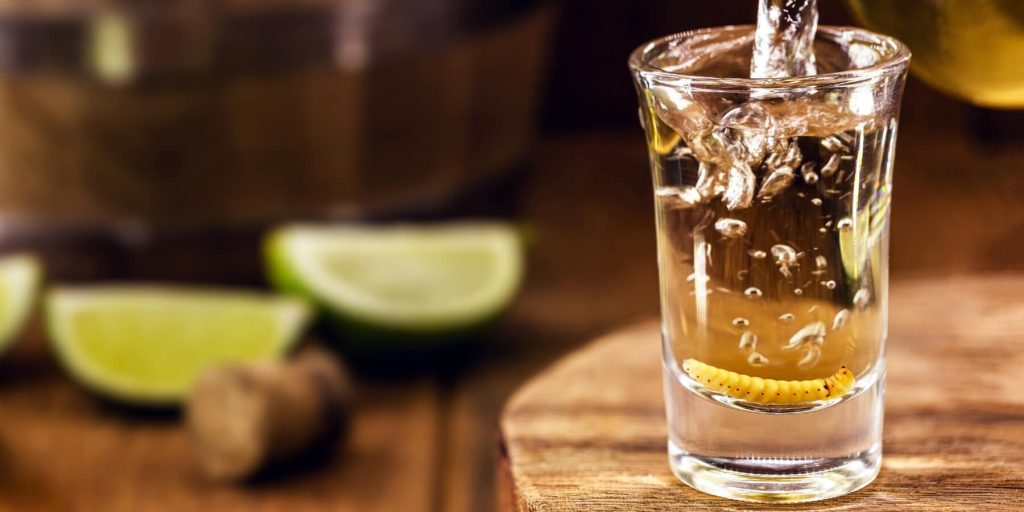
While tequila and mezcal are agave cousins, they’re made in different ways and come from different parts of Mexico. Tequila is made exclusively from blue agave and typically steamed in ovens. Mezcal, by contrast, is often made from other agave types and roasted underground, giving it that signature smoky note.
Where tequila is clean and precise, mezcal is earthy and bold. If tequila is the straight shooter of the agave family, mezcal is the wild poet. Brands like Montelobos embrace ancestral techniques to bring out layered, smoky flavours that speak of the land and the hands that shaped them.
Dig deeper: Mezcal vs. Tequila (Key Differences, Taste & How to Use Them in Cocktails)
Why it matters: choosing tequila for cocktails
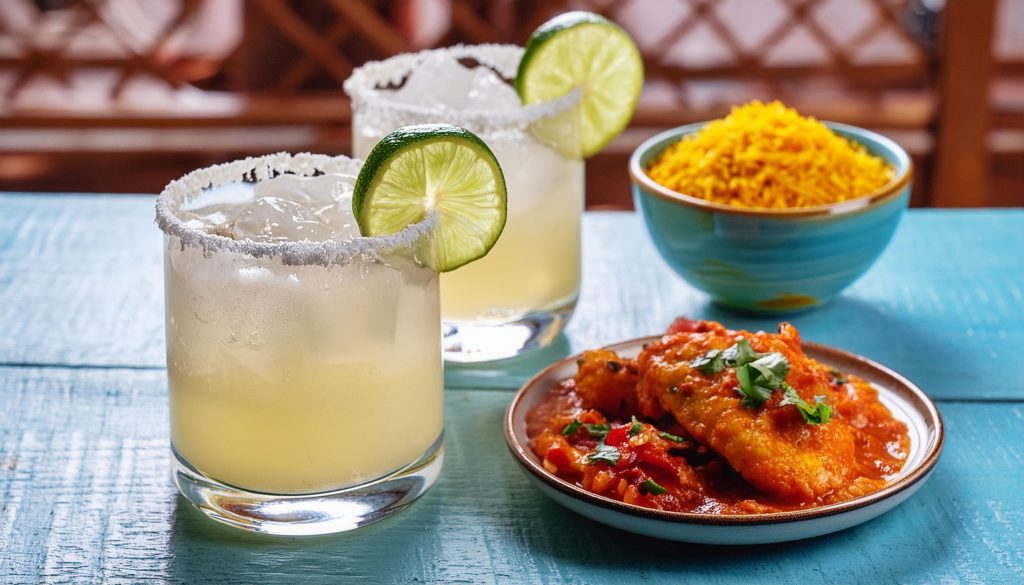
Not all tequilas play the same role behind the bar. Once you understand how each style behaves in a cocktail, it becomes easier (and way more fun) to choose the right one for the job. Here’s how each type brings its own energy to a drink:
Blanco tequila is like that bold friend who always shows up ready to vibe. It’s unaged, unapologetic, and all about agave in its rawest, brightest form. In cocktails, it delivers a crisp, clean hit that lifts citrus and pairs well with bubbly mixers. Try it in:
Reposado is more mellow, like that cool older cousin who’s lived a little and tells great stories. A short rest in oak barrels smooths the rough edges and infuses subtle notes of caramel and vanilla. It brings a touch of richness that works wonders in shaken or stirred recipes with layered flavours. Try it in:
Añejo shows up dressed for dinner. Aged for one to three years, it’s deep, elegant, and full of character. You’ll get notes like spice, toasted oak, or dried fruit. In cocktails, it holds its own in spirit-forward builds where you’d usually reach for whiskey or dark rum. It adds depth and complexity without overpowering the glass. Try it in:
Now that you know how tequila is made, it’s easy to see why it’s captivated so many people. From patient agave farmers to detail-obsessed distillers, tequila is the result of generations of expertise and heart. Next time you pour a shot or shake up a show-stopping sipper, you’ll have a new appreciation for what goes into every bottle. Sign up for our newsletter to stay in the Mix and check out Espolòn’s website (opens in new window) for even more tequila inspiration.
